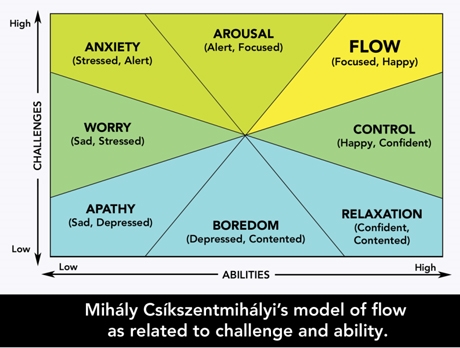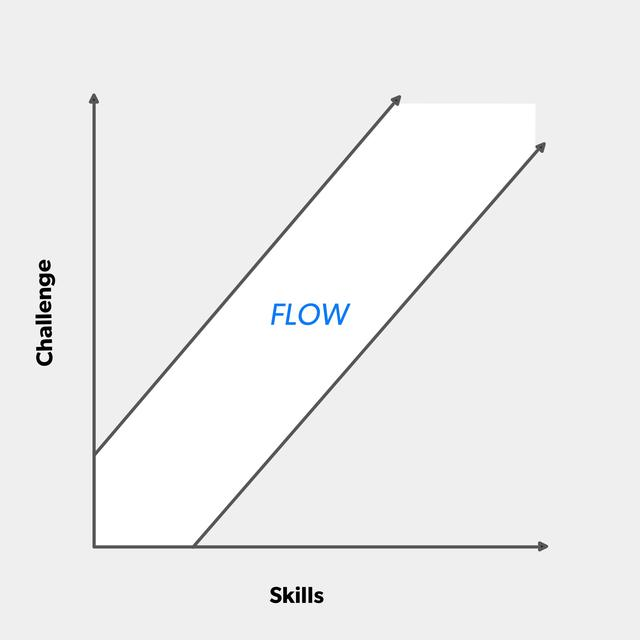Let’s face it – it’s easy for anxiety and boredom to creep into any job, including customer support. Listening to customers’ rants, complaints, and arguments incessantly can be a challenging exercise. Not to mention the equally daunting and exhausting task of following-up and responding to one angry customer after another. Before you know, your support agents are burning-out like dry wood struck by lightning in the summer grasslands of Australia. And pretty much like forest fires, burnt-out agents are bad for business!
Unhappy agents are unproductive agents, and unproductive agents will leave your customers unhappy. It’s a vicious cycle that every customer support team manager strives hard to avoid; productivity is after all the sword by which the support team lives and dies. Most times though, it’s not so much about the work that your support team is doing as it is about how they feel about doing that work. As a customer support team manager, it’s both necessary and beneficial to have a direct line of sight into these feelings, so you can take timely and appropriate corrective measures and manage your support talent effectively.
You might be thinking, “easier said than done”! Well, it’s true – how can one turn feelings and emotions into actionable data? The age-old concept of ‘flow’ might hold the key to how customer support managers can nudge their teams back into the ideal state of productivity, happiness, and satisfaction. But first, what is flow?
A psycho-physiological experience, for anyone who seeks it
Mihaly Csikszentmihalyi (pronounced me-high chick-sent-me-high), the psychologist who first studied flow in the ‘70s, and author of the book ‘Flow State’ said this about flow in his February 2004 TED talk:
“There’s this focus that, once it becomes intense, leads to a sense of ecstasy, a sense of clarity: you know exactly what you want to do from one moment to the other; you get immediate feedback. You know that what you need to do is possible to do, even though difficult, and sense of time disappears, you forget yourself, you feel part of something larger. And once the conditions are present, what you are doing becomes worth doing for its own sake.”
Wow, that sounds too good to be true, right? But the utopic state is very much real, and so are the benefits associated with it. Besides the obvious psychological benefits such as subjective well-being, satisfaction with life, and general happiness, “flow state” is also considered to improve productivity, motivation, and company loyalty. Not just that, studies have revealed that people who entered flow exhibited deeper breathing, slower heart rate, and activation of the facial muscles that help us smile.
But for too long, flow state had been considered to be the exclusive realm of artists – the fabled “zone” where painters, musicians, athletes, and people in not-so-ordinary professions would unleash their creative energies, attaining inner peace and happiness in the process.
Over time, our understanding of flow and has improved. Research has shown that anyone can enter the ‘zone’ or flow state, provided certain initial conditions are met.

Seeking the right balance between skill and challenge
The most important condition to achieve for entering the flow state is to pick the right task. More importantly, flow only happens when for the selected task, you have the right level of skill and face the right level of challenge.
To understand this better, let’s look at the image below. This is the model that Csikszentmihalyi came up with, and it shows the relation between challenge, ability, and flow.

It’s easy to observe that if the task at hand is too easy, the person will get bored easily, and never reach the flow state. Similarly, if the task is too difficult, the person is likely to get overwhelmed and the corresponding anxiety will prevent them from entering the flow state.
The best way to achieve flow state is to stay in the top right region of this graph: doing an activity that is challenging enough to keep you interested, and at the same time you have the required skills to tackle the challenge.
So, as a support team manager, how can you use this model to make your customer support team more productive?
How to Identify the Productivity Trends in Your Support Team
As is evident, the first thing you need to understand is what are your team’s feelings towards their work. It’s not easy to do this through direct, one-on-one conversations, as not all your agents may be willing to open up right away.
But, based on what we’ve discussed so far, the Csikszentmihalyi challenge-ability model can provide a more quantitative way to track your employees’ work satisfaction. See this simplified version of the model below. Using this graph, you can identify how your team is feeling about the work that each one of them is doing and over time, this data will help you continuously monitor and improve your team’s productivity levels.

Here’s what you need to do:
- During your 1:1s, ask your reports to mark a point on the above graph to indicate where they feel they are professionally. Remember, the idea is to keep this exercise objective and quantitative, so refrain from using qualifiers such as “apathy”, “boredom”, “anxiety” etc. You can use a high-level prompt, something like “So, how do you feel about the work that you’re doing right now?”
- You can do this exercise towards the end of the one-on-one session, and ask the reports to consider the entire time period since you did this exercise last. (Goes without saying that you are going to do this exercise periodically!)
- Wait for them to mark the graph, and once they do, discuss why they are feeling the way they are feeling.
(Note: Keep the full-fledged version of the model for your reference, to understand the emotional state of the employee once they’ve marked the graph.)
- For better results, have your reports mark a digital graph (you can use a simple tool such as Google Sheets). This way, you can quickly access each person’s history and spot trends. You can even pull up the previous results during the follow-up discussion for more context.
- The frequency of conducting this exercise is completely up to you. At the start, it might take some experimentation to find the sweet spot with your team, but a good starting point would be to do this exercise every few weeks, say 2-3, and around milestones – end of traditionally busy support “seasons”.
What Next?
Great, so you have the data now! As much as you’d want to see all your reports land in that magic “flow beam,” chances are you’ll end up with a mixed bag: some would be experiencing the flow state, some would be anxious, and others might be bored out of their minds. And then, there might be some who simply don’t care about the job they are doing.

But, despair not! The good news is that once you know who’s “where” on the challenge-ability graph, you also have a better understanding of their emotional state. This makes bringing them back to where you want them (= the flow state) easier.
Most of your support agents will naturally and continuously move in and out of the flow zone. And you don’t have to panic if you see someone mildly slipping into the “anxious” or “bored” states – a little bit of either is a sign of growth (they are either taking up a new, challenging role or have recently skilled up in their current role). The trick, however, is to not let your team venture too far out into either of those states.
Of course, just like understanding human emotions, achieving and maintaining flow is a constant endeavor. As a manager, think of yourself as the “flow radar” of your team, helping them get back into their flow state. This model provides a valuable quantitative tool at your disposal and an objective way for your support team to articulate their work dissatisfaction. While thinking of how to make work more enjoyable and hence improve the productivity of your support team, it might be helpful to think of this tip from Csikszentmihalyi.
“The more a job inherently resembles a game — with variety, appropriate and flexible challenges, clear goals, and immediate feedback — the more enjoyable it will be regardless of the worker’s level of development.”
Another important method to boost your support team’s productivity is to improve your team collaboration, so your agents can get all the help they want while solving customer tickets.
Business & Finance Articles on Business 2 Community
(43)
Report Post






